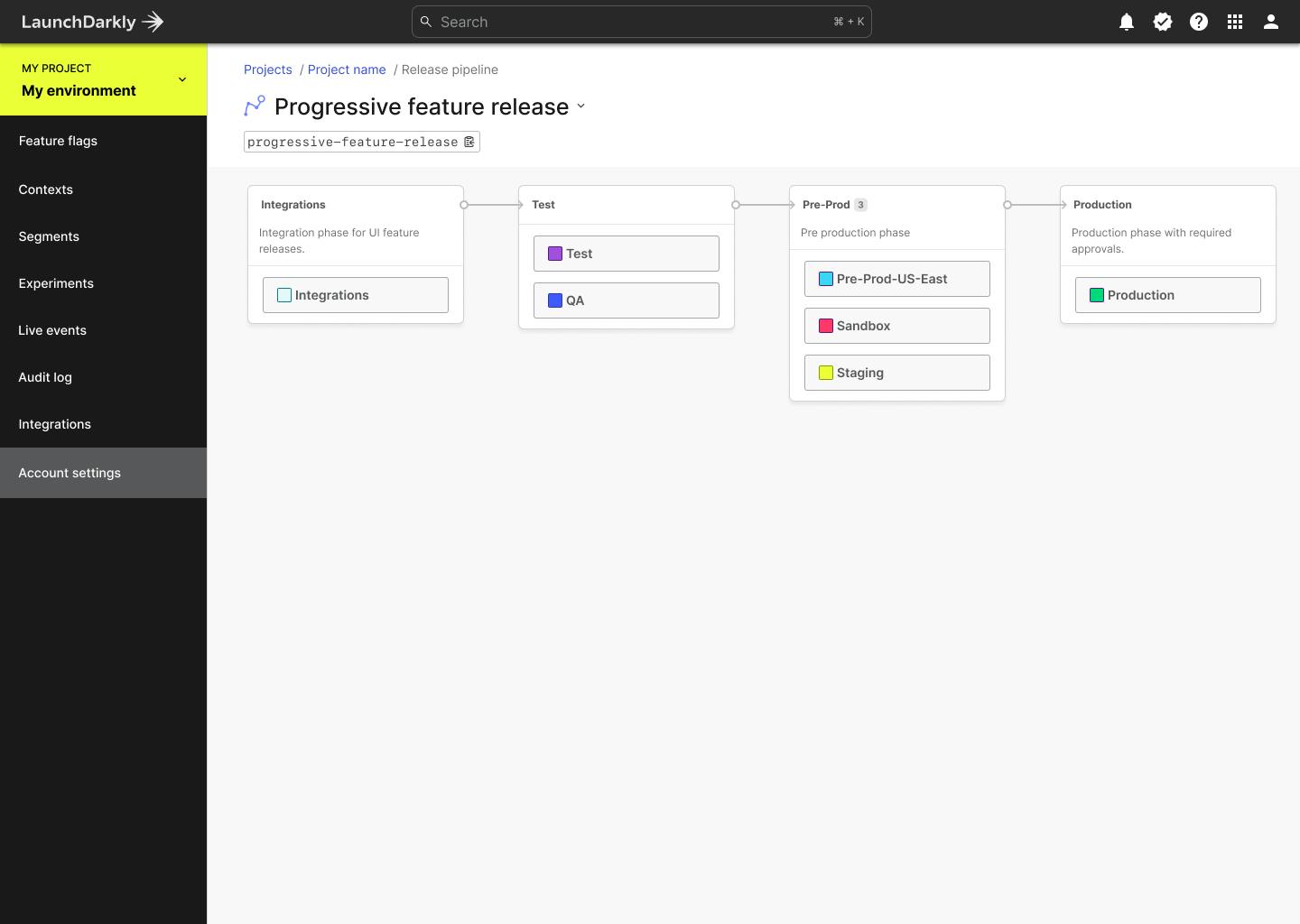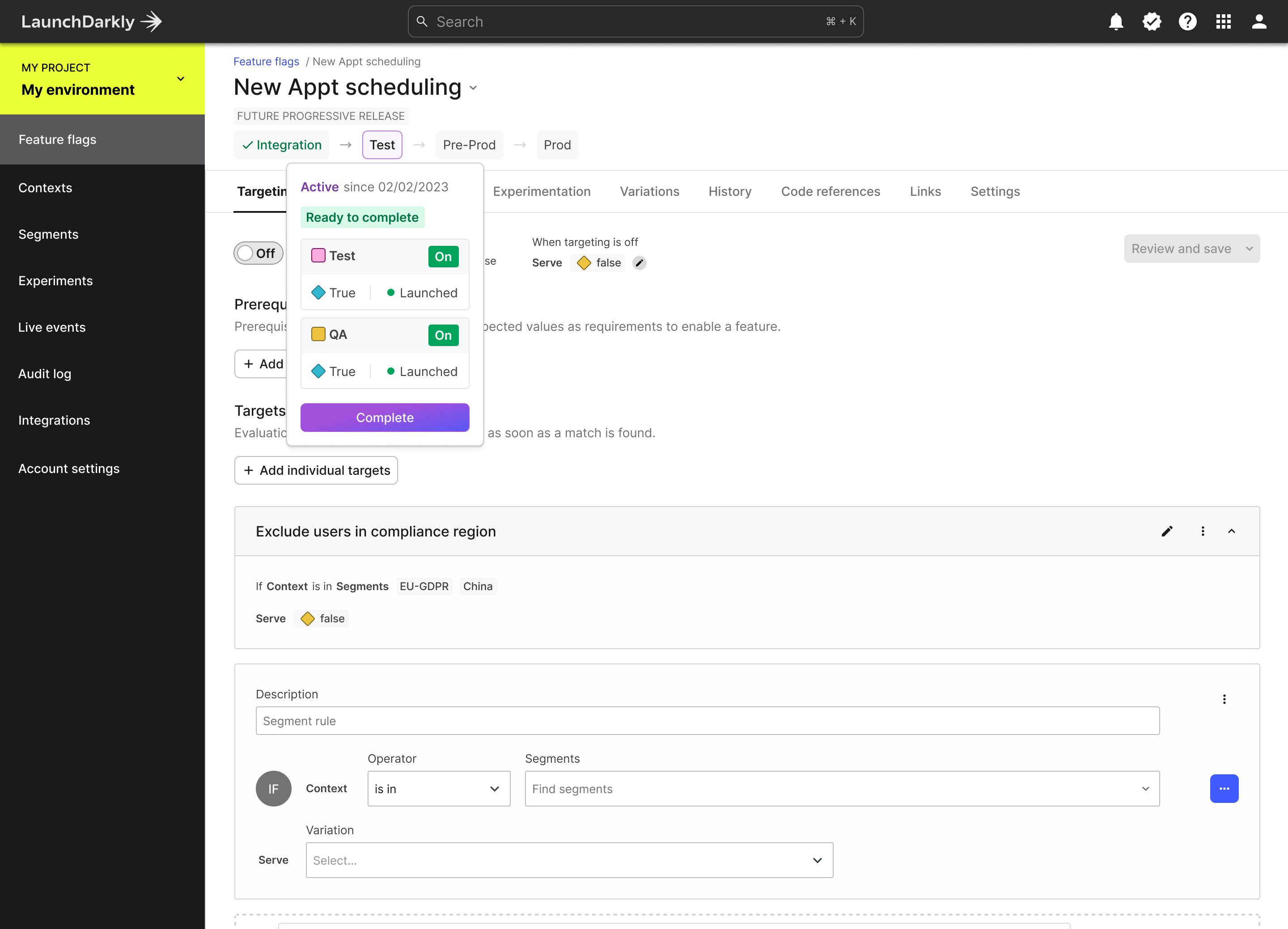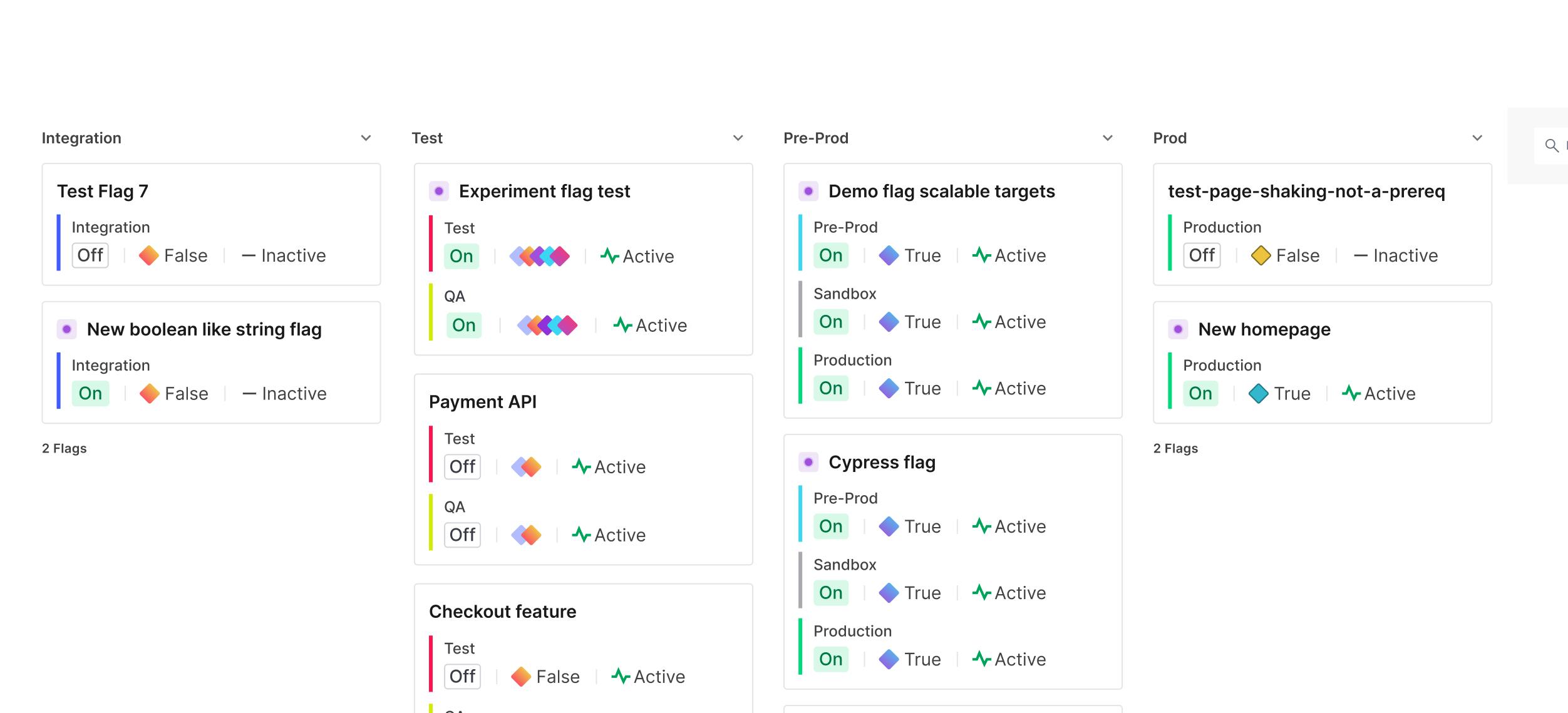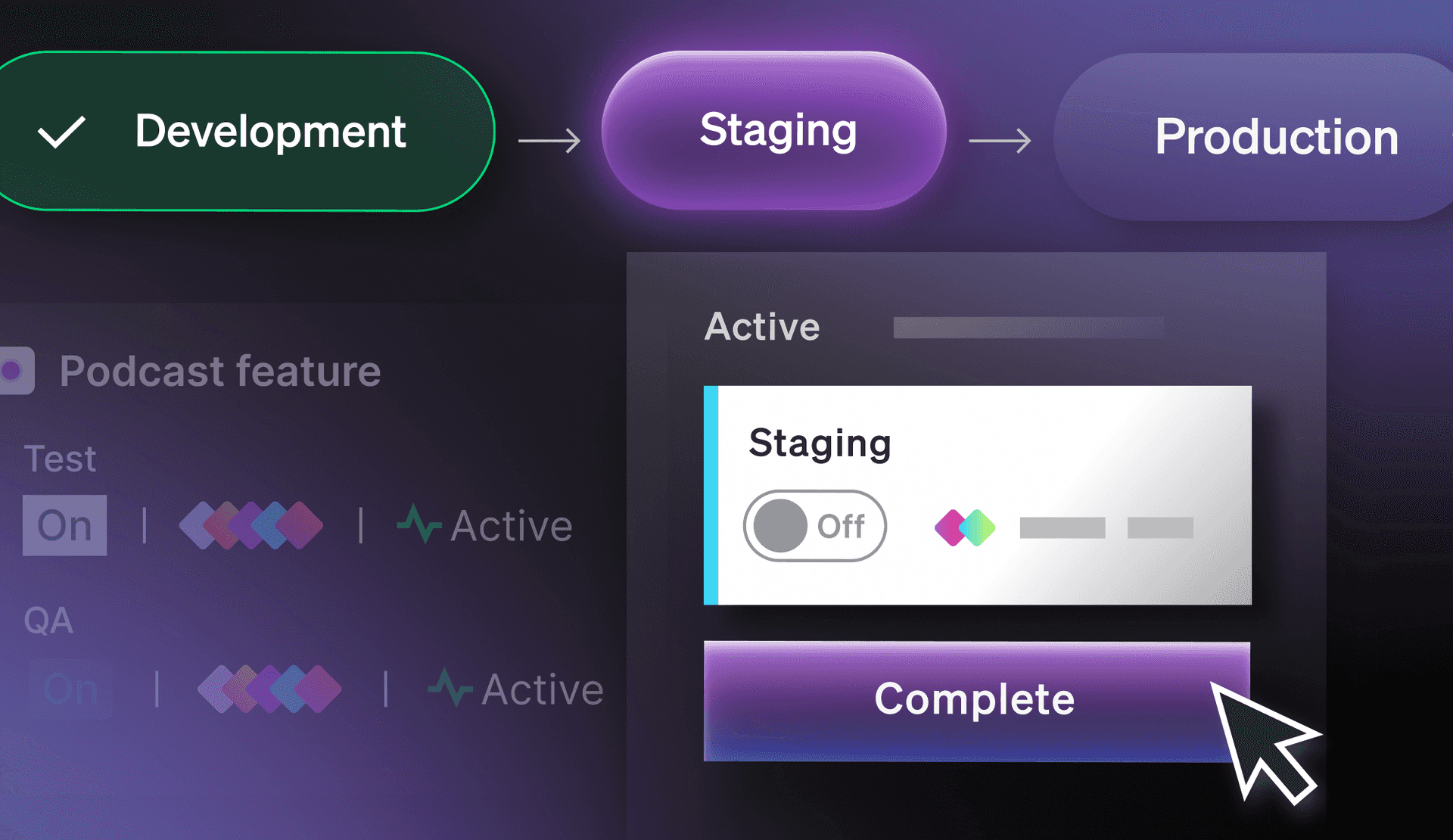The ability to separate deploy from release is the basis of a lot of the value that LaunchDarkly provides. But software releases—the last mile of feature delivery to end users—are still tough to get right for many engineering teams. Why is that?
Based on conversations with customers, we’ve concluded that the answer lies in the difference between deploy and release. Let’s look at deployments. Agile software development and CI/CD are now standard practices at a lot of organizations. But it wasn’t always like that—continuous deployment used to be a scary, risky prospect. Now, it’s less risky due, in part, to tools like LaunchDarkly that make it safer to deploy more often.
In contrast, release processes today are where deployments used to be:less mature and lacking best practices and good tooling. This makes the promise of ‘continuous release’ seem far-fetched in contrast to deploy. Teams often develop ad-hoc measures for releases that act as antipatterns in some cases. Rituals like one ‘Release Day’ every quarter, or tracking hundreds of PRs across massive spreadsheets, or requiring multiple teams to be on a release conference call, are all ineffective attempts at risk mitigation. And they slow teams down.
For development teams to perfect that last-mile of software delivery, they need a way to align releases to organizational best practices at scale, with visibility into the status of all releases across an organization. Enter Release Assistant.
Release Assistant
We’re proud to introduce Release Assistant, a new way to help you streamline release processes across teams within your organization and further de-risk and automate all changes to your production environments.
With Release Assistant, LaunchDarkly customers can:
- Embed best practices into reusable release pipelines so every change can follow a successful path to production.
- Confidently move flags across release pipelines knowing that LaunchDarkly’s built-in progression tracking will send a prompt when phases are complete.
- Track and know the exact release status of each feature with a releases view that provides real-time visibility across each project for all of your stakeholders.
Release Pipelines
What it is
A way for you to embed best practices into pathways for all changes from your local dev through to production.
How it works
When creating a release pipeline, you can define your desired phases, environments, and approvals for each flag associated with the pipeline. Engineers in your project will be presented with the option to add new and existing flags to the release pipeline. Doing so defines a path for a flag’s release with your organization’s phases and environments pre-defined and ordered.

Flag Release Progression Tracking
What it is
A way to move your flags across a release pipeline, with prompts when each phase is complete, so that developers can do the next right thing with more confidence and less effort.
How it works
Each phase of a release pipeline includes visibility into the required actions to complete that phase. Once those actions (for example, releasing in a Sandbox and QA environment), LaunchDarkly will provide a nudge to inform you when each phase of the release pipeline is ready to be marked complete for the relevant flag.

Release View
What it is
An executive-level dashboard showing the status of all releases within your organization to reduce friction for teams coordinating multiple release workstreams.
How it works
The releases view can be accessed by clicking on the ‘Pipeline View’ on your flags in a release pipeline.

Release Assistant is in General Availability (GA) today - to get started, refer to our documentation and head over to your project settings in LaunchDarkly and create your first release pipeline.





